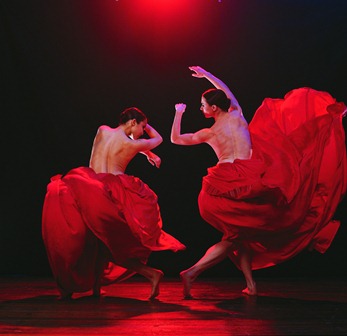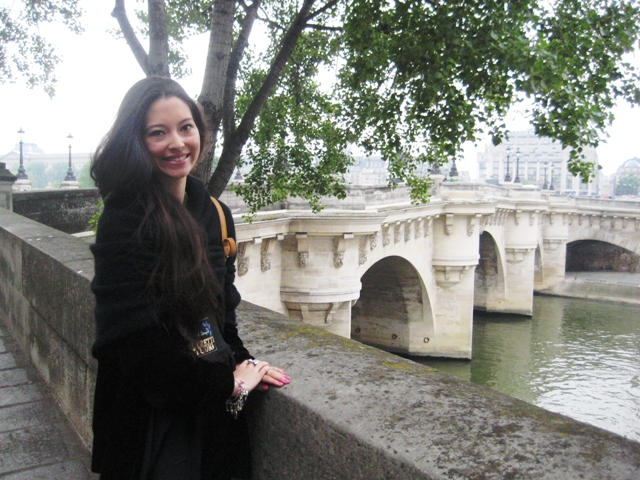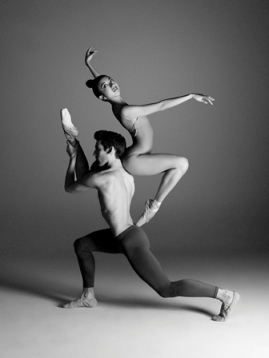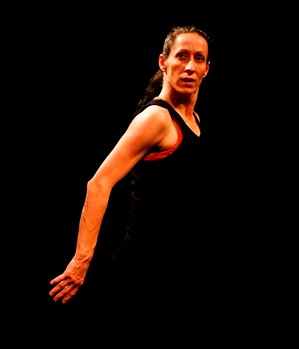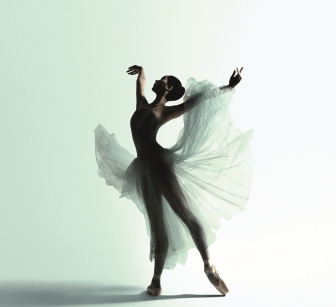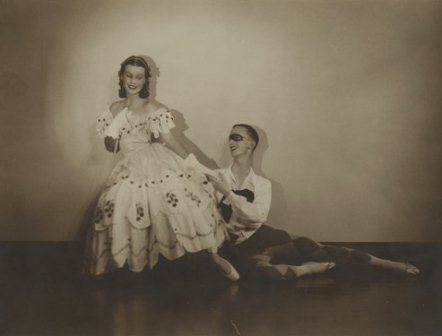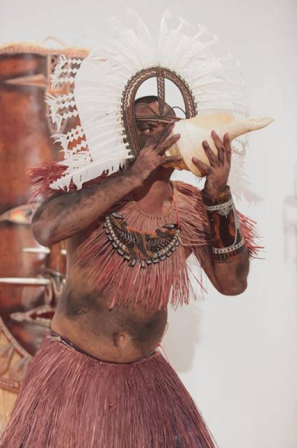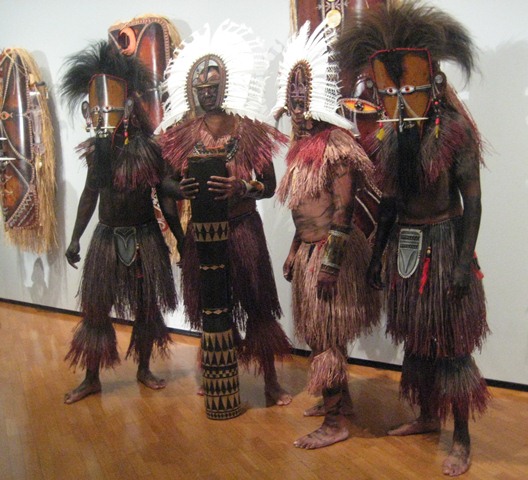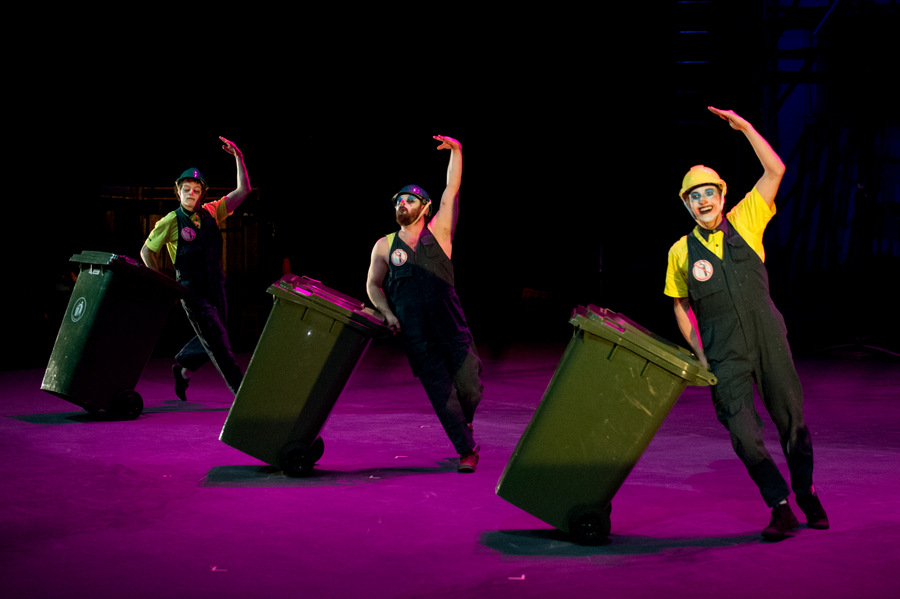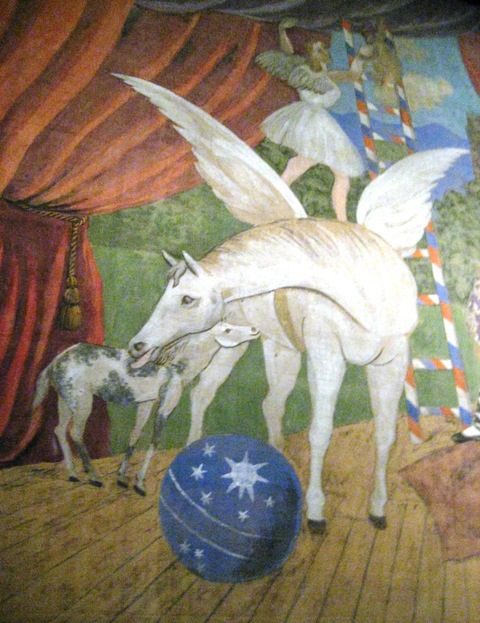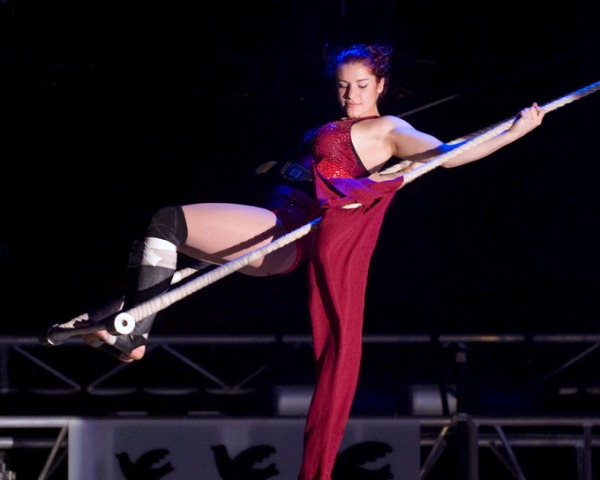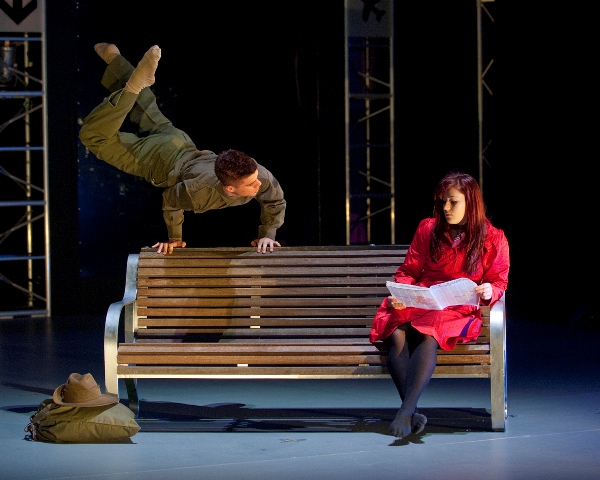- Dancing bronzes
During October I was utterly transfixed by an exhibition called Bronze on show at the Royal Academy of Arts in London. I was sceptical when I read so many reviews all with glowing descriptions that seemed to border on hyperbole. But the exhbition was absolutely mind-blowing in its scope, in the intelligence of its presentation and in the power of the objects on display.
The centrepiece of the show is the ‘Dancing Satyr’, a slightly larger than life figure around 2,300 years old, which was dragged out of the sea by fishermen in 1998. It is the first object one encounters on entering the exhibition space and, although it is missing both arms and one leg, the sense of movement emanating from the figure is brilliant. No matter from which angle one looks at the figure it is dancing, wildly. Bathed in a soft, moody light this beautiful figure is the sole object in a quite large space. The impact is almost overpowering.

The show contains other dancing items including a serene dancing Shiva.
Of course many of the bronzes have nothing to do at all with dance but they are astonishing as well and include some unexpected (to me) items from Africa. The show covers an exceptionally wide period of time from the ancient world to the present. On the non-dancing front I loved a spider, hovering high on a wall, by Louise Bourgeois, and a couple of beer cans in bronze from Jasper Johns.
Bronze is at the Royal Academy of Arts, London, 15 September 2012 to 9 December 2012. It’s a great show.
- Bolshoi Ballet in Brisbane
The Queensland Performing Arts Centre today announced its latest dance coup. Australian dance-goers will have the opportunity to see two programs by the Bolshoi Ballet in Brisbane in a season lasting from 30 May-9 June 2013. The Bolshoi is bringing two full-length works. The season opens with Le Corsaire based on the production created by Marius Petipa in the nineteenth century but in a revival by Alexei Ratmansky and Yuri Burlaka. The second program is another revival, this time of a 1935 work from the Soviet era, The bright stream, again with input from Alexei Ratmansky, who has given the work a fresh breath of life with new choreography.
Both works promise to be curiosities—The bright stream, for example, is set during a harvest festival on a collective farm in the Russian steppes where a Moscow dance troupe arrives to entertain the workers. The season is, however, an opportunity to consider Ratmansky’s work once more, especially in a year when his new Cinderella will be a feature of the Australian Ballet’s 2013 season.
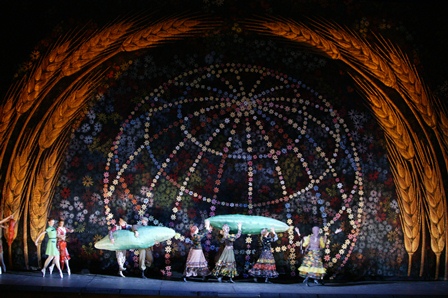
- Yvonne Mounsey/Irina Zarova (1919–2012)
Late in September one of the few remaining dancers who performed in Australia with the Ballets Russes died in Los Angeles. Yvonne Mounsey, born Yvonne Leibbrandt in 1919 in Pretoria, South Africa, danced in Australia during the 1939‒1940 Original Ballet Russe tour under the name Irina Zarova. A quick scan of programs from that tour indicates that she danced in at least Pavane (see below), Scheherazade, Thamar, Le Coq d’or, Petrouchka, Francesca da Rimini, Coppélia and Etude. Mounsey then travelled with the de Basil company on to South America where she was involved in the infamous dancers’ strike.
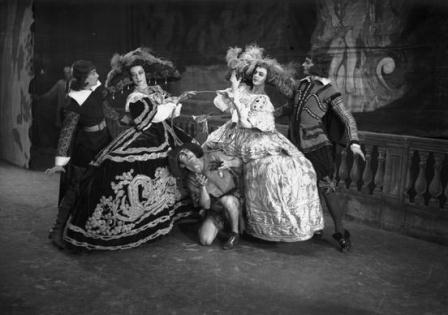
Mounsey’s major career was in the United States with New York City Ballet and she had a long career as a teacher in Los Angeles. Here is a link to Alastair Macaulay’s obituary in The New York Times, the only one I have seen so far that mentions the Australian part of her life.
Michelle Potter, 31 October 2012
